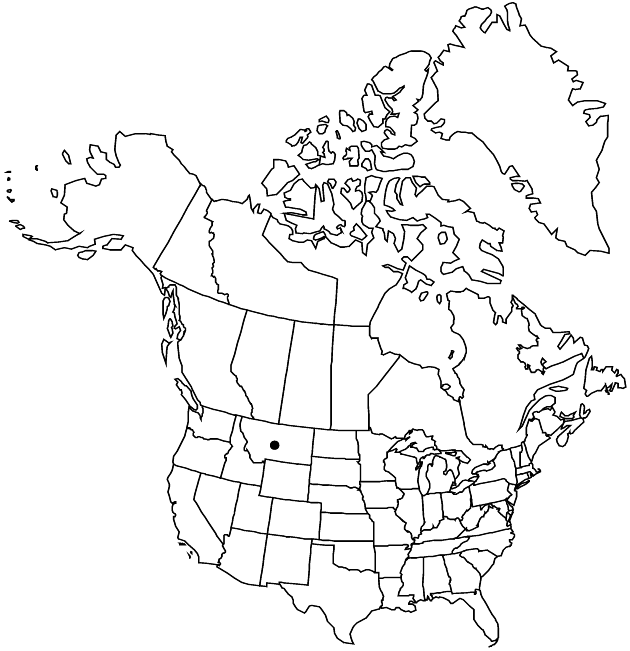Difference between revisions of "Achillea nobilis"
Sp. Pl. 2: 899. 1753.
FNA>Volume Importer |
FNA>Volume Importer |
||
| Line 48: | Line 48: | ||
|publication year=1753 | |publication year=1753 | ||
|special status= | |special status= | ||
| − | |source xml=https://jpend@bitbucket.org/aafc-mbb/fna-data-curation.git/src/ | + | |source xml=https://jpend@bitbucket.org/aafc-mbb/fna-data-curation.git/src/f50eec43f223ca0e34566be0b046453a0960e173/coarse_grained_fna_xml/V19-20-21/V19_823.xml |
|tribe=Asteraceae tribe Anthemideae | |tribe=Asteraceae tribe Anthemideae | ||
|genus=Achillea | |genus=Achillea | ||
Revision as of 21:20, 16 December 2019
Perennials, (10–)15–60 cm (taprooted). Stems 1(–4), erect, simple, glabrous or sparsely tomentose. Leaves sessile; blades ovate, 1.5–3 cm × 10–15 mm, 1–2-pinnately lobed, (bases auriculate, slightly clasping) faces ± hairy. Heads 30–100+, in simple or compound, corymbiform arrays. Phyllaries 10–13+ in (1–)2 series, (midribs light green) oblong (apices papillose, translucent), abaxial faces glabrous. Receptacles flat to slightly convex; paleae narrowly oblong, 2–2.5 mm. Ray florets 8–10(–13), pistillate, fertile; corollas white, laminae 1–1.5 × 2–2.5 mm. Disc florets 10–25+; corollas grayish white, 1.5–2.5 mm. Cypselae 0.75–1 mm. 2n = 18, 27.
Phenology: Flowering mid Jul–early Sep.
Habitat: Pastures, disturbed roadsides
Elevation: 900–1500 m
Discussion
Achillea nobilis was introduced in the flora area through cultivation. It has been reported in Minnesota, Massachusetts, and New York; herbarium sheets indicate that those reports were based on cultivated specimens. It was first collected in Montana in 1902; it appears to have become established in that state, where it is known from Lake and Flathead counties.
Selected References
None.
